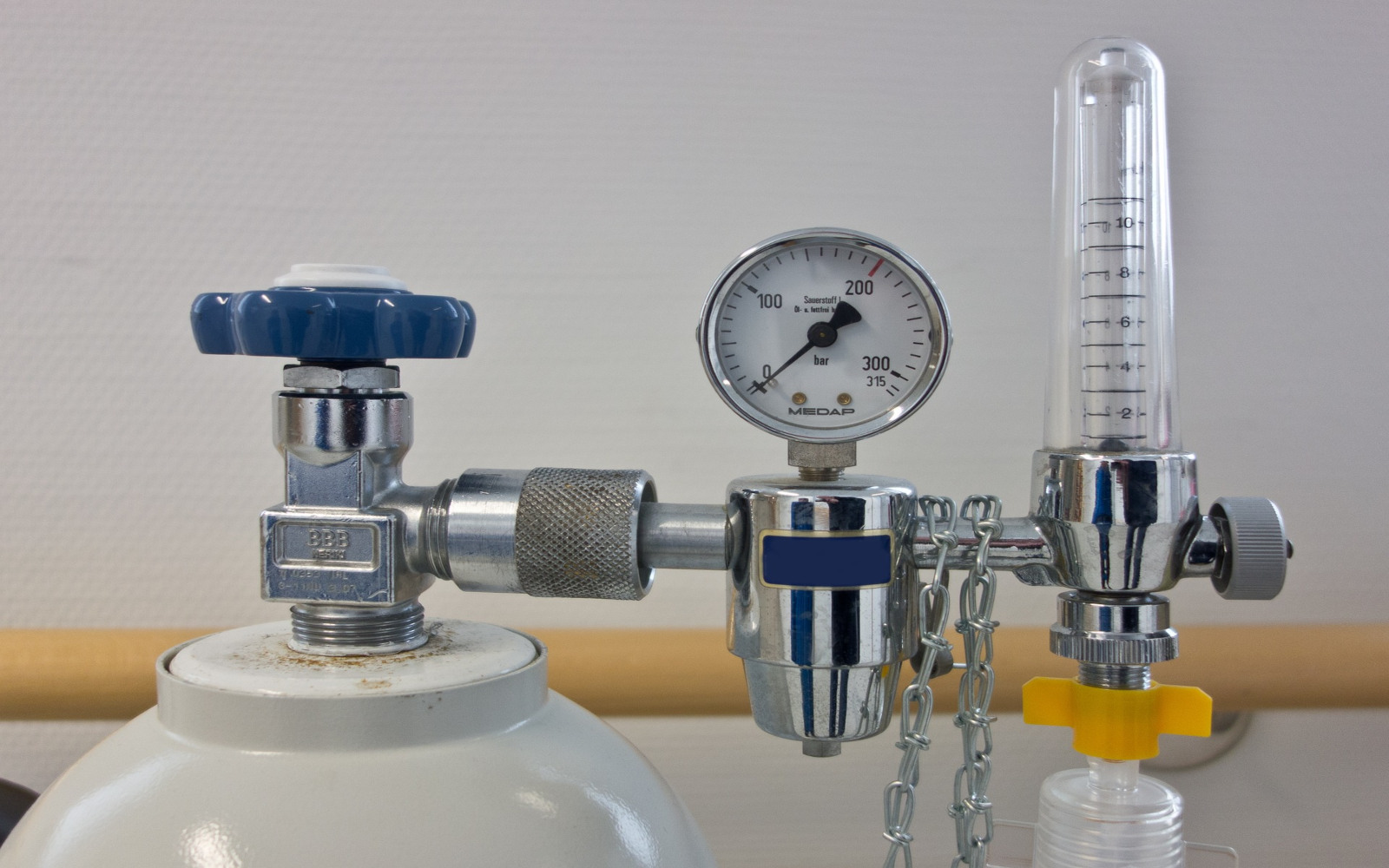Ozone (O3) is a pale blue gas with a pungent odor, known for its strong oxidizing properties. It naturally occurs in the Earth’s upper atmosphere, where it forms a protective layer against ultraviolet radiation.
However, ground-level ozone, often resulting from industrial processes and vehicle emissions, is a significant air pollutant.
This article explores the health effects of O3 exposure, its industrial applications, and essential safety measures to protect workers and the public.
Health Effects of Ozone Exposure
Ozone is a potent respiratory irritant, and exposure can lead to various adverse health effects. The severity of these effects depends on the concentration and duration of exposure.
Acute Exposure
- Respiratory Irritation: Inhalation of O3 can cause irritation of the respiratory tract, with symptoms such as coughing, throat irritation, and shortness of breath. High concentrations can exacerbate asthma and other pre-existing respiratory conditions.
- Eye and Skin Irritation: Ozone exposure can also irritate the eyes, causing redness and discomfort. While skin contact is less common, it can lead to irritation and dryness.
- Acute Respiratory Symptoms: High levels of O3 exposure can lead to more severe symptoms, including chest pain, wheezing, and decreased lung function. These symptoms can be particularly dangerous for individuals with respiratory diseases.
Chronic Exposure
- Chronic Respiratory Conditions: Long-term exposure to elevated O3 levels can result in chronic respiratory diseases, such as bronchitis and reduced lung function. It may also increase the frequency and severity of asthma attacks.
- Cardiovascular Effects: Chronic exposure to O3 has been linked to increased cardiovascular risks, including hypertension and heart disease.
Industries and Applications
Ozone is utilized in various industrial applications due to its strong oxidizing capabilities. Key applications include:
- Water Treatment: O3 is used as a disinfectant in water treatment plants, effectively killing bacteria and other pathogens without leaving harmful residues. It is also used to purify drinking water and treat wastewater.
- Food Processing: O3 is used to disinfect and preserve food products, extending their shelf life by eliminating bacteria and other microorganisms.
- Industrial Cleaning and Disinfection: O3 is employed to clean and disinfect surfaces, equipment, and air in various industries, including healthcare and manufacturing.
Safety Considerations and Best Practices
Due to the hazardous nature of O3, especially at ground level, stringent safety measures are necessary to prevent exposure and ensure a safe environment.
Monitoring and Detection
- Ozone Detection Systems: Reliable ozone detectors, such as the Accusafe or GasD 8000 by Interscan, are essential for monitoring O3 levels in workplaces. These systems should be strategically placed in areas where ozone is used or generated and regularly maintained for accuracy.
- Ventilation: Proper ventilation systems, including local exhaust ventilation, are crucial to disperse O3 gas and maintain safe air quality, particularly in enclosed spaces.
Personal Protective Equipment (PPE)
- Respiratory Protection: Workers should use appropriate respiratory protective equipment, such as air-purifying respirators with ozone cartridges, especially in areas with potential ozone exposure.
- Eye and Skin Protection: Protective goggles and clothing should be worn to prevent eye and skin contact with ozone.
Emergency Response and Training
- Emergency Protocols: Clear emergency response procedures should be established, including evacuation plans, first aid measures, and immediate medical attention for severe exposure cases. Safety showers and eyewash stations should be accessible in areas where ozone is present.
- Training and Education: Regular training sessions on the hazards of ozone, proper use of PPE, and emergency response actions are vital. Workers should be trained to recognize the symptoms of ozone exposure and understand the necessary steps to take in an emergency.
Lesser-Known Insights and Considerations
- Ozone and Photochemical Smog: Ground-level ozone is a key component of photochemical smog, which can have widespread environmental and health impacts. It forms when volatile organic compounds (VOCs) react with nitrogen oxides (NOx) in the presence of sunlight.
- Environmental Impact: While ozone is beneficial in the upper atmosphere, ground-level O3 can harm plants, animals, and ecosystems. It can cause damage to crops, forests, and other vegetation, reducing biodiversity.
Ozone is a powerful oxidant with numerous industrial applications, but its potential health risks and environmental impacts require careful handling and robust safety protocols.
Understanding the health effects of O3 exposure, implementing reliable detection systems, and adhering to best practices for safety are essential steps in protecting workers and the environment.
For more information on ozone gas detection systems and to request a quote for the Accusafe or GasD 8000 by Interscan, contact us today. Safeguard your workplace with advanced gas detection solutions tailored to your industry’s needs.


